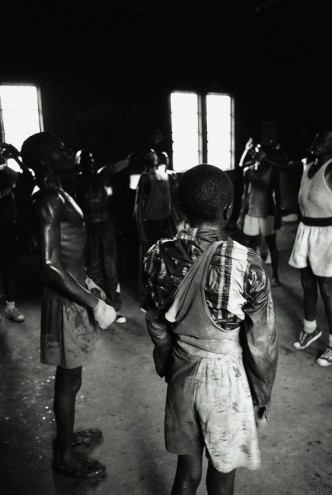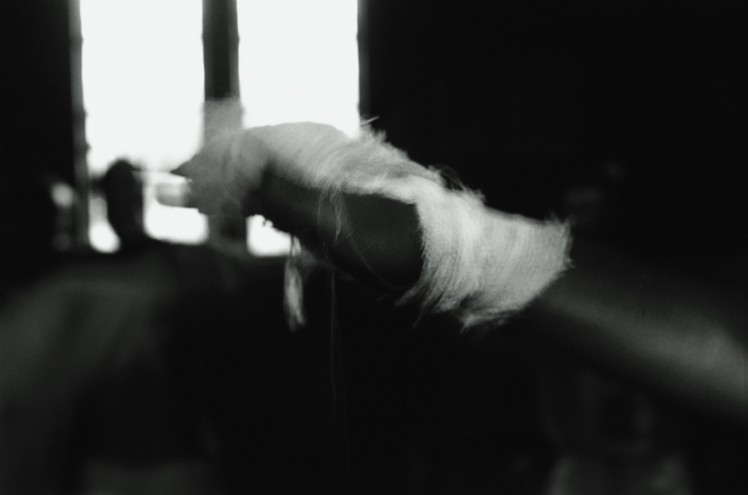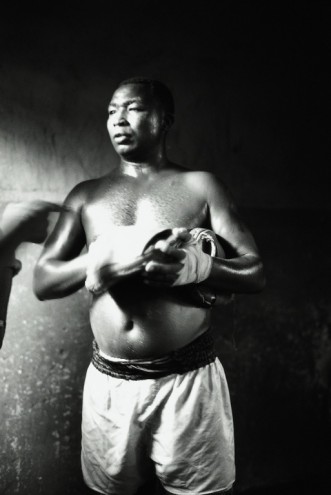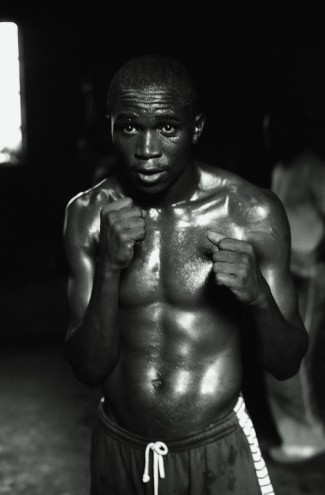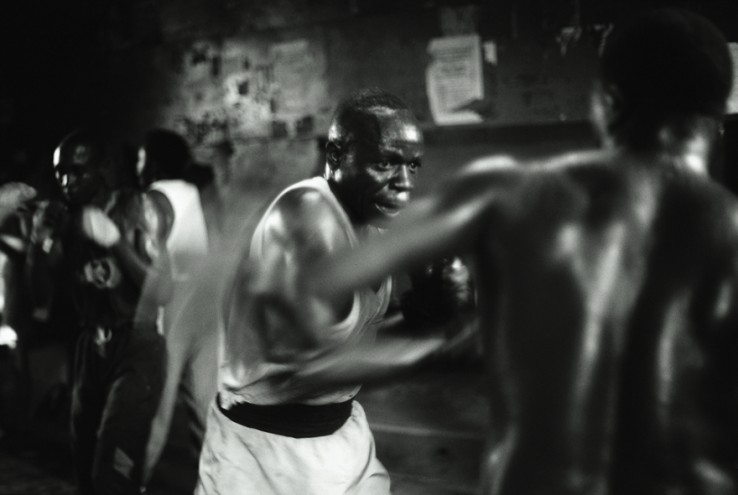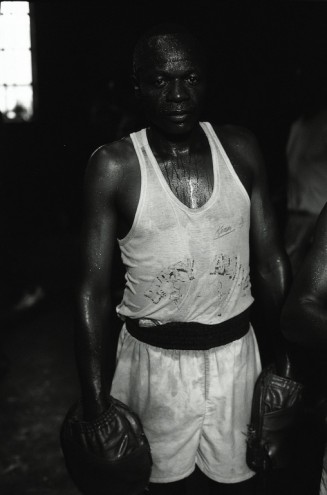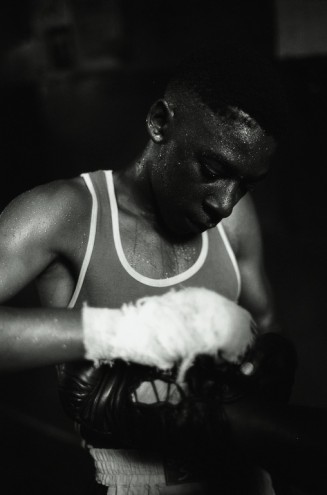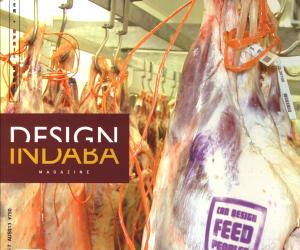First Published in
Through what lens do you see Kenya (and Africa, by extension) coming as you do from a European visual culture? Any particular challenges in depicting a culture different to your own?
Sure I come from a European visual tradition which is different but my interpretation depends totally on the assignment. I think the way you look at things and depict things is, or at least should be, an individual choice. A priority is paying respect to your ‘hosting’ culture. To try and understand, be understood and not intrude. When I approach it like this, I am able to move freely and take the images I want and these images are always very close to the reality of the people.
I tried to picture Kenya through the moments I spent with the people. I hope to show the universal emotions of people and at the same time try to learn and be enriched by absorbing their unique culture.
From the pictures you can’t tell that they were taken in Kenya but they show people’s emotions, skills, talents, tell a story.
The biggest challenge is to be accepted and then to be able to take the photos I want without having to feel I am a ‘voyeur’ or intruder. I feel a great responsibility to adjust and respect, which is very important for my freedom of movement. A second challenge is to learn and absorb from a culture that is different from the one I was brought up in
Do you think that was even a relevant question? Is photography just photography regardless of the historical / cultural / social / political issues that a particular subject matter is loaded with?
It can be a relevant matter like I experienced in Yemen in 1992 when I was on an assignment for a travel magazine when a civil war broke out and we lost our driver. Then photography became a tool to bring news instead of a juicy story that could attract tourists. In every situation you have to be aware of the potential political, cultural and social consequences of your work.
Do you think there is space and scope for fresh 'creative' / 'artistic' interpretations of Africa that involve something more imaginative than the obligatory cheetah shots, rugged landscapes, body painting? And on a more general level – what 'content' interests you personally?
Europeans should stop patronising and there should be more possibilities for depicting Africa differently from the clichéd travel agency images. I think it’s about time people overseas see the NEW Africa and images of Africa today and African artists should make the effort or get the ability to make more noise to showus!
Personally, I like photographing landscapes but my main goal in depicting any country is finding themes that are close to the people and that show positivity! The main thing I want is for my photos to ‘move’ people, affect them in a pleasant way.
I dislike picturing any subject through stereotypes, but out of commercial obligation sometimes you have to make concessions. The typical western way to picture Africa in landscape and typical ‘body’ shots should be contrasted by showing either daily life or trends in Africa. Like the Malian photographer Keita who shows family and youth lifestyles in Mali over a time-span of twenty years and shows that life in Africa is as hip as Europe or the States.
To get back to this particular work, you mentioned that you see boxing as a metaphor for 'the struggle' in Kenya. What are the terms of that struggle as you understand it? Economic? Social? Cultural? Racial?
When I took these pictures, I was actually in Kenya on an assignment for a Dutch client to portray a typical Maasai woman but I ended up working with the late ‘Father Groll’ founder of Ndugu organisation for streetkids. I was fascinated by the struggle of the Kenyan people in Mathare valley, the biggest ghetto of Nairobi. I think boxing is a symbolic sport where people try to fight their way out of the situation they are in. The struggle for power of many black movements in history has had great support and gained ‘visibility’ from the achievements of black boxers and other athletes.
In Kenya it’s about people struggling to gain a place in society and being able to make a living. In financial terms, it is possible to make a living through boxing. Socially, this project helps develop kids self-esteem and discipline. I could not tell you much about the racial struggle, although I know black boxers did not have the access they deserved to compete with white boxers in the old days. Black boxers, obviously, have a big physical advantage.
Anyway, the main goal of Fr Groll’s projects was to make the kids aware of their talents and build them in order to gain self-esteem and also create the possibility to establish a place in society. Ndugu supported soccer, boxing, acrobats etc….
The ‘Machuma’ boxing club is based at Eastleigh Catholic church in a side building that has only six small windows which hardly provide any daylight or ventilation. The limitations I had to work in as a photographer were comparable to the training circumstances of the boxers. But I was happy to see the result – because of the longer exposure times, the movement in the photos added to the character of the pictures.
The outfits were very poor, there were only two pairs of gloves available for sparring and most of the guys train without shirts. Breathing gets more difficult as the training progresses due to the hot air thick with sweat. The boxers who train at Eastleigh, some of them champions or potential champs end up being good enough to compete with state-funded military teams in the country.
Your opinion on the photographer's role in society? Can you avoid getting personally ‘involved’ in your work?
No. With help from my boxing friends in Holland I gathered a lot of boxing outfits and sent three boxes to Nairobi. Unfortunately, they never got to the right hands. The stuff arrived first week of January 1997. When I called from Holland to confirm the arrival of the boxes, I heard that officials at the airport told them nothing had arrived. Three weeks later they tried again to pick up their package. They were asked to pay $94, which they obviously did not have, so the boxes were confiscated by customs…
A photographer is someone who could use his special ‘observer status’ and talent to make a difference in society. It is one of the strongest communication tools, especially in the
old days where there were hardly possibilities to manipulate an image. Today, photographs and film can be dangerous tools in the wrong hands.
A photographer has a responsibility in society to tell a clean story while retaining the right to register and manipulate within the limits of ethical rules. The real photographer is the one who adds value to what he/she shows
My work is also advertising and we can start an endless discussion on commercial values and client / public manipulation. I want to work as cleanly as possible and try to give back by using and teaching photography as a tool to tell a real and positive story.


